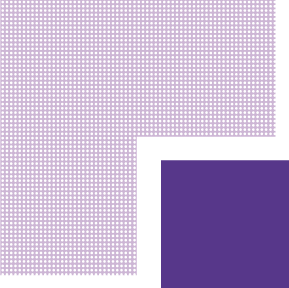7 March 2017
The flat-rate scheme was introduced 15 years ago to help small traders reduce their administrative burden. It works by calculating the VAT liability as a percentage of turnover without taking account of the actual vatable inputs and is available to businesses whose annual turnover does not exceed £150,000. The actual rate applied to the turnover depends on the type of business. This has been seen as a real benefit by small businesses, with the scheme resulting in both reduced administration and a reduction in VAT payable.
Unfortunately, the Government is clamping down on the scheme’s use by ‘limited cost traders’. These are traders whose VAT-inclusive expenditure on goods is less than 2% of their VAT-inclusive turnover. It also applies where the expenditure is greater than 2% but less than £1,000 per annum. As a result, from 1 April this year there will be a new rate of 16.5% to be applied to turnover where the flat-rate scheme is used.
There are a few details to be taken into account, however. When applying the ‘2% or £1,000’ test, capital expenditure must be excluded from the calculation. Vehicles, vehicle parts and fuel must also be excluded, unless the business provides transport services.
It is obvious, comparing the 16.5% flat rate on turnover to the standard rate of 20%, that in most cases there will no longer be a financial advantage in using the flat-rate scheme.
Businesses that may particularly be affected are consultants providing their own time who use rates of 12% and above at the moment. The new rate saves only £10 for each £5,000 of net turnover compared to the normal basis. So, as an example, a consultant with annual fee income of £40,000 (inclusive of VAT) and having inputs of goods of £900 and services of £500 (both including VAT) will pay £4,800 at the moment in VAT. From 1 April, if they stay on the flat rate scheme, this will rise to £6,600. If they switch to the normal basis the amount paid becomes £6,433.
In a nutshell: to stay on the flat-rate scheme but avoid the 16.5% rate you will need to spend not less than £250 per quarter and not less than 2% of sales on goods which does not include services.
At UHY we will frequently review the affairs of our clients who participate in the flat-rate scheme. However, if this affects you, why not Nicola Bryan or your usual UHY tax adviser a call.


